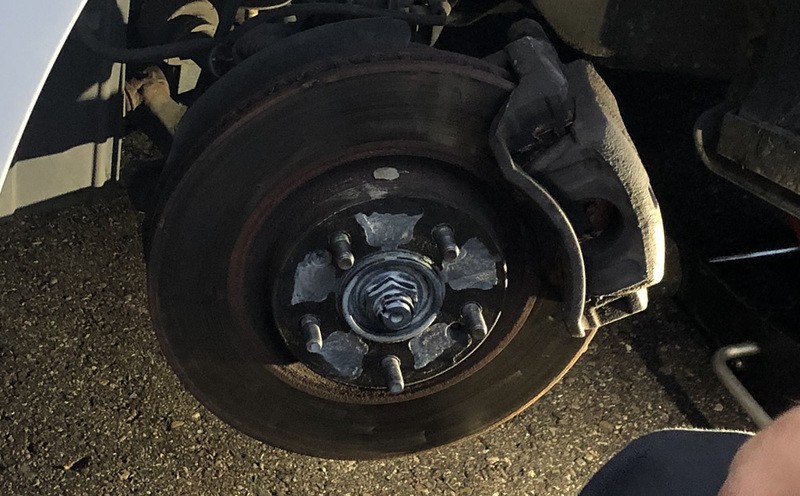Replacing wheel bearings: can I do it myself?
April 01, 2022You’ve mastered doing your own oil change and the brake jobs have been getting better too, but what about changing your wheel bearings? Let’s see what the symptoms of bad bearings are, what you need to replace them and how to prevent bearing issues in the future.
What are wheel bearings?
Your wheel bearing is responsible for ensuring your wheel spins smoothly and seamlessly, ideally without any friction. Your bearings are also supporting the entire weight of your vehicle. Each wheel has a bearing, housed in a greased, waterproof ring. Bearings don’t require regular maintenance like the brakes do and are designed to last the entire lifetime of the vehicle.
Bad wheel bearings symptoms
Your wheel bearings may be compromised if you hit a curb or a pothole and things shift inside your vehicle, breaking the sealed ring containing the wheel bearing. The issue here is outside contaminants like mud and salt mixing with the bearing grease—this will cause the bearing to eventually fail because the grease is compromised.
You know your wheel bearings are starting to fail when you experience the following:
- A humming or moaning sound when driving
- A clicking sound when accelerating
- A squealing sound when accelerating
- Vehicle pulls to one side
- Uneven wear on the tires
Remember, if you ignore these warning signs, your wheel can fully fall off on the highway and it’s happened to many people before, causing accidents and injuries. Avoid this scary and extremely unsafe situation by paying attention to the sounds your car makes and whether anything feels different when you are driving.
Note that common wheel bearing failure signs like uneven tire wear and vehicle pulling to one side could also signal issues with brake rotors or brake pads, so it’s best to consult a mechanic to identify the exact cause.
What do I need to change my wheel bearings at home?
Because doing wheel bearings is considered to be a vehicle repair of an intermediate level, you will need a few specialty tools you may not already have, like wheel chocks, diagonal cutters, and bearing grease to name a few. Other components you need to change a wheel bearing at home include sandpaper and a rubber mallet. Also, make sure to study the wheel hub assembly thoroughly and read a detailed tutorial on wheel bearing replacement. It’s crucial you assemble everything properly and tightly so your wheels are on securely!
Greasing wheel bearings
To keep your wheels spinning smoothly on your new wheel bearings, it is critical to use specialty bearing grease. Note that you will only grease your bearings if you actually replaced them or if you know for sure that your existing grease got contaminated. Don’t open the sealed metal ring unless you have to. You can buy bearing grease at stores like Canadian Tire in Canada.
You can totally learn how to change your own bearings at home and even invest in the specialty parts if you have the time and money. Because of the relative complexity of this repair, many choose to bring their vehicle to the mechanic for this repair.


